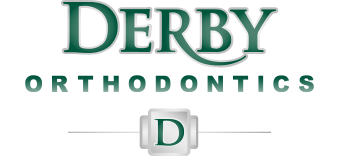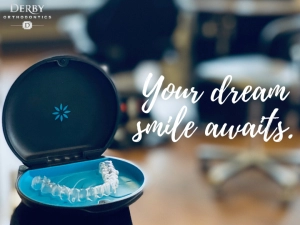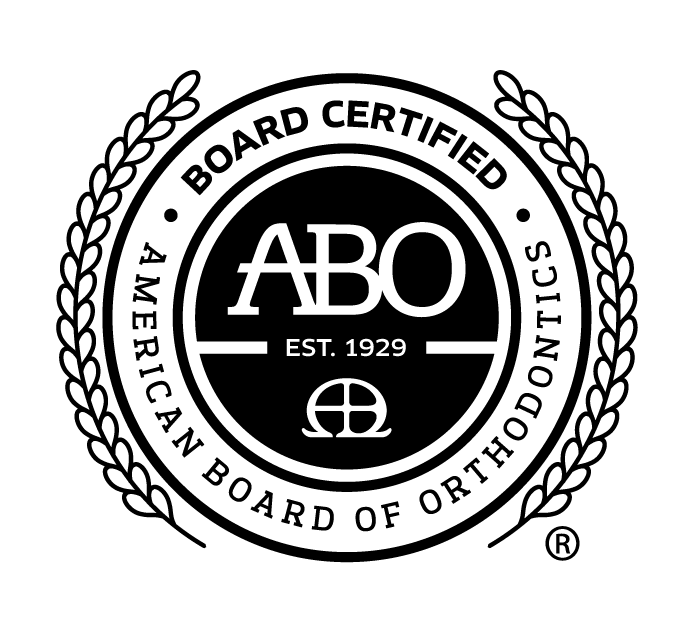4 Reasons to Avoid Mail Order Aligners
Many people want a straighter smile, and they want it fast, discreet, and easy. As a result, straightening the teeth with clear aligners has continued to increase in popularity over the recent years. While clear aligners can be a great way to straighten the teeth, consumers must be aware of products being heavily marketed as a lower-cost, faster aligner option – Mail Order Aligners. These aligners are being delivered direct to the consumer—skipping the orthodontist completely. The intent of the company is to provide care at a cheaper cost so more consumers can achieve the smile of their dreams. While this may seem like a good alternative to visiting your local orthodontist, this deal is often too good to be true.
Here are four things to consider about mail order aligners before making an irreversible treatment decision:
1) No comprehensive exam prior to treatment – Direct to consumer companies use only a digital scan of your teeth to create your treatment plan and aligners. From this scan, the only information gathered is the morphology—or shape—of the teeth. The scanner provides no information about the gum tissue, bone levels, health of teeth, presence of disease or pathology, root structure, position of the teeth in the bone, jaw relationship, or bite relationship. This information is essential! When visiting an orthodontist, x-rays, digital diagnostic photographs, and a thorough examination by an orthodontic specialist are used to determine your individual treatment plan.
2) Lack of supervision throughout treatment – Treatment of a malocclusion, or movement of teeth, can result in adverse, irreversible side effects—most of which are only detected by in-person evaluation by your Orthodontist or in periodic progress x-rays taken by your Orthodontist. Root resorption, tooth mobility, gum recession, bone loss, and traumatic occlusion can all result from even minor tooth movement. When any one or more of these things occur, it could require costly dental procedures to correct. Orthodontist oversight throughout treatment is a must!
3) Faster is not always better – Direct to consumer companies report faster treatment times; this is because they are only aligning a fraction of the teeth or performing limited treatment and no bite correction. These companies only treat the front 6 top and bottom teeth, which is less than half of the teeth in your mouth.
4) Teeth can be worse than before – Mail order aligners do not correct the bite! Need we say more? Movement of a few teeth without bite correction can leave the teeth biting in an uncomfortable or worse position than before, sometimes causing abnormal wear of the teeth and jaw discomfort. Your teeth are made to work together in a certain relationship that gives all of the teeth the best chance for long-term function, health, and stability.
The American Association of Orthodontists recommends you seek treatment from a licensed orthodontist: whether braces or Invisalign clear aligners, you’ll have access to industry-leading equipment and technology, and the direct supervision of an experienced, licensed orthodontist, who will closely monitor your progress for precise, safe, and effective results. To schedule a free orthodontic consultation with our orthodontic specialist and develop a customized orthodontic treatment plan to fit your orthodontic needs, call us at 316-719-1900.





